WEEVILS
(MARCH)
 Beetles (Coleoptera) belong to the largest order of insects and also the largest group of animals on our planet, with an estimated 350,000 species worldwide and about 4000 species found in Britain. Beetles display an astonishing variety of shape and colours and extraordinary specialisations in feeding and breeding. Beetles are recognised by their tough and horny fore wings modified to form wing cases or elytra, usually covering the entire abdomen. The second (hind) wings are membranous and protected beneath the elytra when the beetle is not flying – when a ladybird beetle next lands nearby, you may be able to see the fore wings being folded out of sight. Beetles have biting mouthparts – most are predators (carnivorous) or plant feeders (herbivorous), with some omnivorous species. Like Butterflies and Moths, beetles undergo a complete change (metamorphosis) during their life cycle, passing through several larval stages as they develop. The larvae and adults look quite different and often have different food sources.
Beetles (Coleoptera) belong to the largest order of insects and also the largest group of animals on our planet, with an estimated 350,000 species worldwide and about 4000 species found in Britain. Beetles display an astonishing variety of shape and colours and extraordinary specialisations in feeding and breeding. Beetles are recognised by their tough and horny fore wings modified to form wing cases or elytra, usually covering the entire abdomen. The second (hind) wings are membranous and protected beneath the elytra when the beetle is not flying – when a ladybird beetle next lands nearby, you may be able to see the fore wings being folded out of sight. Beetles have biting mouthparts – most are predators (carnivorous) or plant feeders (herbivorous), with some omnivorous species. Like Butterflies and Moths, beetles undergo a complete change (metamorphosis) during their life cycle, passing through several larval stages as they develop. The larvae and adults look quite different and often have different food sources.Weevils
There are more species of weevils than of any other family of animals or plants on earth, with over 40,000 known species worldwide and about 570 species in Britain. The head is normally prolonged into a snout or rostrum whose tip bears the jaws, their elbowed antennae being attached some distance from the tip. Many have scales which either cover their whole body, concealing the dark ground colour or form spots of another colour. They feed on plant tissues and have legless larvae (grubs). Many species are pests.
 Vine Weevil (Otiorhynchus sulcatus)
Vine Weevil (Otiorhynchus sulcatus)This weevil is commonly found in gardens where it can be a serious pest, with both the adult and larval stages causing damage to plants. The adult (photo 1) is 9 mm long, with a dull black ‘pear-shaped’ body and the antennae are bent at an angle about half-way along their length. They are nocturnal, slow-moving beetles that emerge during the night to feed, eating irregular notches from the leaf margins of many plants but especially rhododendrons (see photo 2 taken in the Outwoods), Euonymus japonica and hydrangea. Adults are found at anytime from spring to autumn. The larvae (up to 10 mm long) are plump, creamy-white, legless grubs with brown heads and slightly curved bodies. They live in the soil and feed on the roots of many plants, stunting growth, then causing the plant to wilt and die when insufficient functional roots remain. The Vine weevil has an unusual method of reproduction as almost all individuals are females which lay fertile eggs without mating (parthenogenetic species).
How to find this beetle:
Check garden shrubs for evidence of feeding damage to the leaf margins (photo 2). Place a white cloth beneath the shrub and then shake or tap with a stick. The best method is to go into the garden soon after dusk with a torch when the weevils can be seen feeding.
Check garden shrubs for evidence of feeding damage to the leaf margins (photo 2). Place a white cloth beneath the shrub and then shake or tap with a stick. The best method is to go into the garden soon after dusk with a torch when the weevils can be seen feeding.
Green Nettle Weevil (Phyllobius pomaceus) (Photo 3) This is another short-nosed species, which feeds openly, almost exclusively on the leaves of the common stinging nettle (photo 4). It is a common weevil seen on nettle patches in late spring and early summer, but is seldom found after July. It is the largest nettle weevil 7-9 mm long (there are several other smaller, less obvious species, less than 5 mm in length), with black legs beneath the scales (photo 3). Adults found later in the summer are quite often rubbed or worn, but when fresh the weevil is covered with bright green or greenish-golden scales providing effective camouflage on its host plant. After mating, the female weevil lays her eggs in the soil and the larvae feed on roots, presumably those of nettle, though it is difficult to observe! 

How to find this beetle:
Make a careful examination of a nettle patch in a sunny, damp location e.g. the edges of a woodland or the banks of streams. Adults can be spotted on the leaves or stem and typically drop off the plant if they detect your presence! This weevil uses the typical animal method of reproduction; mating pairs can often be seen on nettle leaves in early summer.
Further information: Morris M.G. (1991) “Weevils” Naturalists’ Handbooks, 16 Richmond Publishing Co, Slough .
Make a careful examination of a nettle patch in a sunny, damp location e.g. the edges of a woodland or the banks of streams. Adults can be spotted on the leaves or stem and typically drop off the plant if they detect your presence! This weevil uses the typical animal method of reproduction; mating pairs can often be seen on nettle leaves in early summer.
Further information: Morris M.G. (1991) “Weevils” Naturalists’ Handbooks, 16 Richmond Publishing Co, Slough .







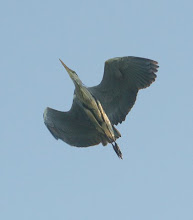

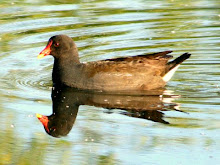

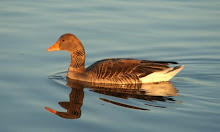







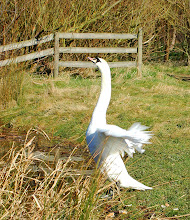
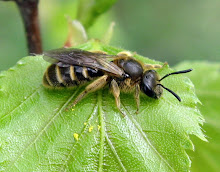
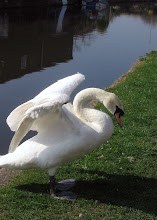

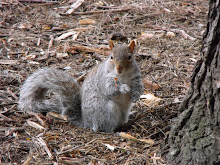
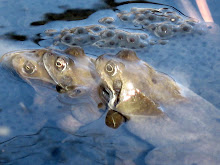
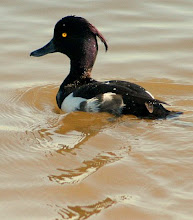

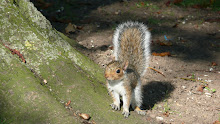
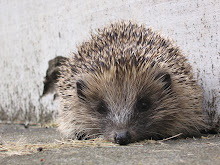
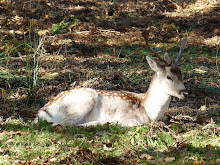
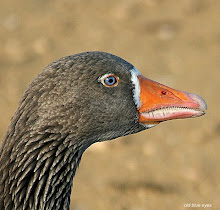



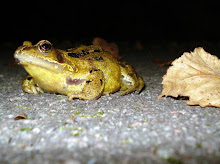
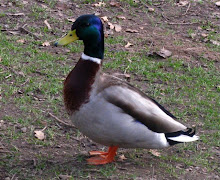
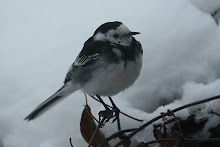
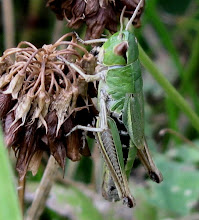
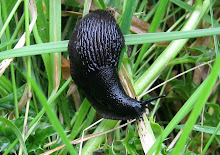
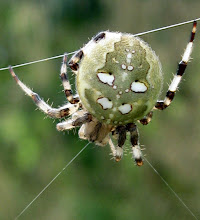
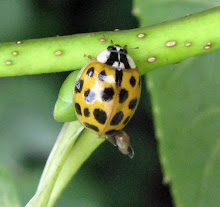


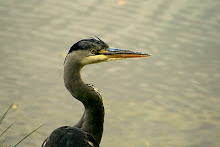
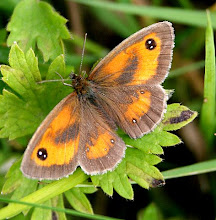

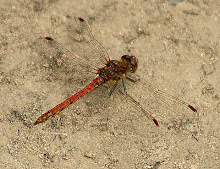






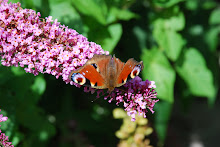


1 comment:
Interesting and educational article Bill
Regards
Peter Berry
Post a Comment